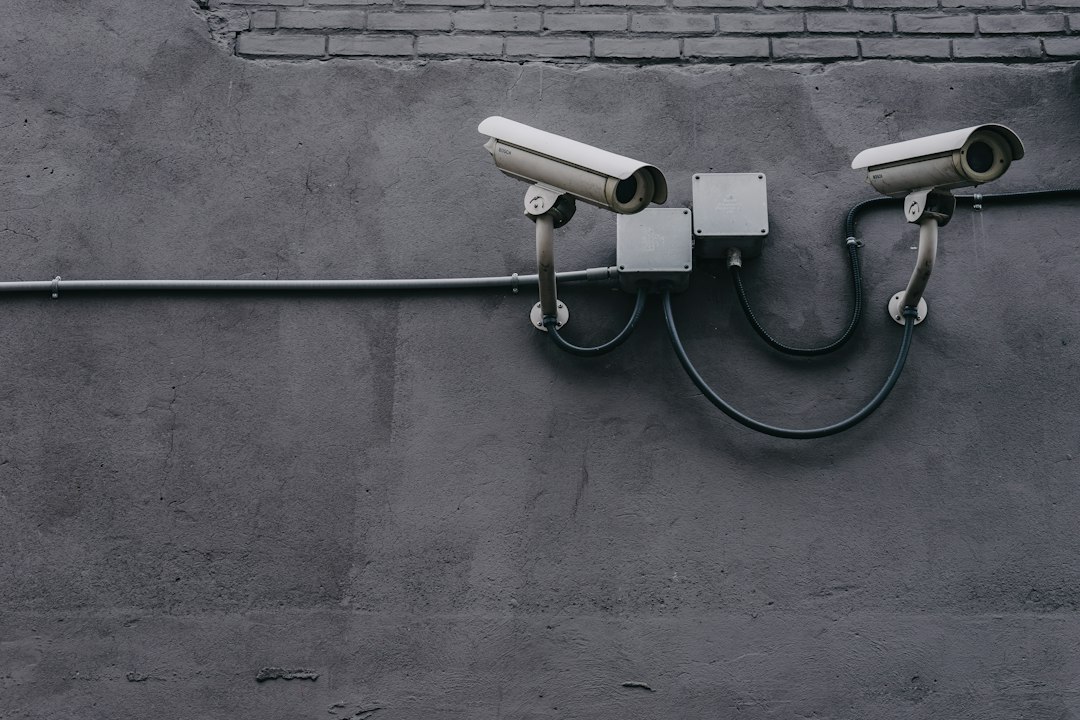Physical Address
304 North Cardinal St.
Dorchester Center, MA 02124
Physical Address
304 North Cardinal St.
Dorchester Center, MA 02124

WordPress is one of the most popular content management systems (CMS) in the world, powering millions of websites. However, its popularity also makes it a target for hackers and malicious attacks. This is why it is crucial to prioritize the security of your WordPress site. By implementing strong security measures, you can protect your website from potential threats and ensure the safety of your data and users.
WordPress security is important for several reasons. Firstly, a hacked WordPress site can lead to a loss of sensitive data, such as user information, financial details, and intellectual property. This can have severe consequences for both you and your users. Additionally, a compromised website can damage your reputation and result in a loss of trust from your audience.
Furthermore, a hacked site can also be used to distribute malware or engage in malicious activities, such as sending spam emails or launching attacks on other websites. This can lead to your site being blacklisted by search engines and internet service providers, making it difficult for users to access your site.
To effectively secure your WordPress site, it is important to identify potential security risks and evaluate your current security measures. Some common security risks include weak passwords, outdated software, insecure plugins or themes, and vulnerabilities in the WordPress core.
To assess your current security measures, you can start by conducting a security audit of your website. This involves reviewing your website’s settings, user accounts, plugins, themes, and file permissions. You can also use online security scanners or hire a professional to perform a thorough security assessment.
One of the simplest yet most effective ways to enhance WordPress security is by implementing strong password policies. Weak passwords are one of the main entry points for hackers to gain unauthorized access to your site.
When creating passwords, it is important to use a combination of uppercase and lowercase letters, numbers, and special characters. Avoid using common words or easily guessable information, such as your name or birthdate. It is also recommended to use a different password for each online account to minimize the impact of a potential breach.
To enforce strong password policies for users, you can use plugins or built-in WordPress features that require users to create strong passwords and periodically change them. Additionally, consider implementing two-factor authentication (2FA) for an extra layer of security.
Regularly updating WordPress and its plugins is crucial for maintaining the security of your website. Updates often include security patches that address vulnerabilities and fix bugs that could be exploited by hackers.
Outdated software poses a significant risk as hackers actively search for websites running older versions of WordPress or plugins with known vulnerabilities. By keeping your software up to date, you can ensure that you have the latest security patches and minimize the risk of a successful attack.
To update WordPress, simply log in to your admin dashboard and navigate to the Updates page. From there, you can update WordPress core, themes, and plugins with just a few clicks. It is recommended to perform regular backups before updating to mitigate any potential issues that may arise during the update process.

Installing security plugins is an effective way to enhance the protection of your WordPress site. These plugins offer a range of features such as malware scanning, firewall protection, login page security, and brute force attack prevention.
There are several popular security plugins available for WordPress, including Wordfence, Sucuri Security, and iThemes Security. These plugins provide comprehensive security solutions and can be customized to suit your specific needs.
To install a security plugin, simply navigate to the Plugins section in your WordPress admin dashboard and click on “Add New.” From there, you can search for the desired security plugin, install it, and activate it. Once activated, you can configure the plugin settings to enhance the security of your website.
Securing your WordPress login page is crucial as it is often the primary target for hackers attempting to gain unauthorized access to your site. By implementing security measures, you can significantly reduce the risk of a successful attack.
Some tips for securing your login page include:
1. Changing the default login URL: By default, the WordPress login page can be accessed via “/wp-admin” or “/wp-login.php.” Changing the login URL to something unique can make it harder for hackers to find your login page.
2. Limiting login attempts: Implementing a limit on the number of login attempts can prevent brute force attacks where hackers try multiple username and password combinations to gain access.
3. Using strong passwords and two-factor authentication: Enforce strong password policies for users and consider implementing two-factor authentication for an extra layer of security.
4. Hiding error messages: By hiding error messages on the login page, you can prevent potential attackers from gaining information about valid usernames or passwords.
Backing up your WordPress site regularly is essential for mitigating the impact of a potential security breach or data loss. It allows you to restore your website to a previous state in case of any issues or attacks.
There are several types of backups you can perform, including full backups (which include all files and databases), incremental backups (which only backup changes since the last backup), and offsite backups (which store your backups on a remote server).
To backup your WordPress site, you can use plugins such as UpdraftPlus, BackupBuddy, or VaultPress. These plugins allow you to schedule automatic backups, choose the type of backup, and store them in a secure location.
Protecting your WordPress database is crucial as it contains all the data and information of your website. A compromised database can lead to a loss of sensitive information, such as user details, posts, and settings.
To secure your WordPress database, you can take several measures:
1. Change the database table prefix: By default, WordPress uses “wp_” as the table prefix for its database. Changing this prefix to something unique can make it harder for hackers to target your database.
2. Limit database access: Ensure that only authorized users have access to your database. Restricting access to the database server and using strong passwords for database users can help prevent unauthorized access.
3. Regularly backup your database: As mentioned earlier, regular backups are essential for protecting your data. Make sure to include the database in your backup routine.
4. Keep your WordPress installation up to date: Updating WordPress regularly ensures that you have the latest security patches and fixes for any vulnerabilities that could be exploited by hackers.
Monitoring your WordPress site for security threats is an ongoing process that helps you identify and respond to potential attacks or vulnerabilities. By actively monitoring your site, you can detect any suspicious activities or signs of a compromised site.
Some signs of a compromised site include unexpected changes in website content, slow loading times, unauthorized user accounts, and unusual network traffic. If you notice any of these signs, it is important to take immediate action to investigate and resolve the issue.
To monitor your WordPress site for security threats, you can use security plugins that offer features such as malware scanning, file integrity monitoring, and activity logging. Additionally, regularly reviewing server logs and implementing a web application firewall (WAF) can provide additional layers of protection.
Securing your WordPress site is crucial for protecting your data, users, and reputation. By implementing strong password policies, regularly updating WordPress and plugins, installing security plugins, securing your login page, backing up your site, protecting your database, and monitoring for security threats, you can significantly reduce the risk of a successful attack.
It is important to remember that WordPress security is an ongoing process. As new threats and vulnerabilities emerge, it is essential to stay updated and adapt your security measures accordingly. By prioritizing the security of your WordPress site, you can ensure the long-term success and safety of your website. Take action today to secure your WordPress site and protect your online presence.
If you’re looking for more in-depth information on WordPress security, you might find the article “10 Common WordPress Security Mistakes and How to Avoid Them” on hackwp.com to be a valuable resource. This article delves into the most common mistakes that website owners make when it comes to securing their WordPress sites and provides practical tips on how to avoid them. From weak passwords to outdated plugins, this article covers it all. Check it out here for expert advice on keeping your digital kingdom safe.
WordPress is a free and open-source content management system (CMS) that allows users to create and manage websites easily.
WordPress is a popular platform, which makes it a target for hackers. A security breach can lead to loss of data, website downtime, and damage to your reputation.
Some WordPress security best practices include keeping your WordPress software and plugins up to date, using strong passwords, limiting login attempts, and using a security plugin.
A security plugin is a tool that helps protect your WordPress website from security threats. It can perform tasks such as scanning for malware, blocking suspicious IP addresses, and enforcing strong passwords.
Some common security vulnerabilities in WordPress include outdated software and plugins, weak passwords, unsecured hosting, and lack of backups.
You can secure your WordPress website by following best practices such as keeping your software and plugins up to date, using strong passwords, limiting login attempts, and using a security plugin. You can also consider using a secure hosting provider and regularly backing up your website.